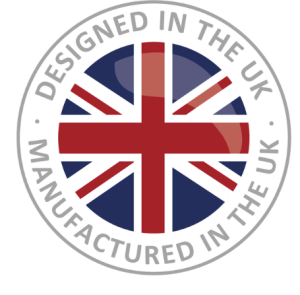Marquees have become popular for various events and functions in the UK and beyond. This article aims to answer the most common questions about marquee structures, providing insights into their design, construction, and practical considerations.
What are Marquee Structures?
Marquees are versatile, temporary structures commonly used for events like weddings, festivals, corporate functions and even temporary warehouse storage. They are known for their flexibility in design and the ability to create a bespoke atmosphere for any occasion. Typically, marquees provide an elegant, sheltered space for gatherings ranging from intimate family events to large-scale event celebrations.
What Materials Are Used in Marquee Construction?
The construction of marquees involves durable materials to ensure stability and aesthetic appeal. The covers are made of high-quality PVC, which provides resistance to weather elements while maintaining an elegant look. The frames are commonly constructed from steel or aluminium, offering the necessary support and durability while keeping the structure lightweight and manageable.
How are Marquees Anchored and Stabilised?
Securing marquees on various ground surfaces is crucial for safety and stability. Depending on the ground type, marquees are anchored using heavy weights, stakes, or tie-downs. This ensures the structure remains stable in different weather conditions, providing a secure environment for event attendees.
What Sizes and Shapes do Marquee Structures come in?
Marquees come in various sizes and shapes, catering to different event requirements. From small, cosy settings ideal for private gatherings to expansive designs suitable for significant corporate events or festivals, there is a marquee to fit every need. The versatility in size and shape allows for customisation according to the specific requirements of the event.
Can Marquees be Customised?
Customisation is a significant advantage of marquees. They offer various options, including colour choices, branding opportunities, and the addition of windows, doors, or other bespoke features. This flexibility allows event planners to tailor the marquee to the specific theme and style of the event, creating a unique and memorable atmosphere.
How Long Does It Take to Install and Dismantle a Marquee?
A marquee’s installation and dismantling time can vary depending on its size and complexity. Generally, a standard marquee can be set up in a few hours to a day, making it a convenient event option. The dismantling process is equally efficient, ensuring minimal disruption post-event.
Are Marquees Weather-Resistant?
Marquees are designed to withstand various weather conditions, including rain, wind, and extreme temperatures. The materials used in their construction are selected for their durability and resistance to weather elements, ensuring that events can proceed smoothly regardless of the weather.
What is the Cost of Purchasing a Marquee?
The cost of purchasing a marquee varies based on size, design, and additional features. Factors like customisation, installation, and location also influence the overall cost.
What Permits or Permissions are Required?
Erecting a marquee typically requires permits or permissions from local authorities, especially for public events or when installed on public land. It’s essential to consult local regulations and obtain the necessary approvals to ensure compliance and avoid legal issues.
How are Marquees Maintained and Cleaned?
Maintaining and cleaning a marquee is crucial, especially for repeated use. Regular maintenance involves checking the structural integrity, cleaning the cover and frame, and ensuring all components are in good condition. Professional cleaning services are often employed to maintain the marquee’s appearance and longevity.
In conclusion, marquee structures offer a flexible, elegant solution for various events and functions. Understanding their construction, installation, and maintenance requirements can help make informed decisions for a successful event.





